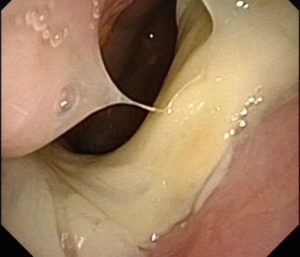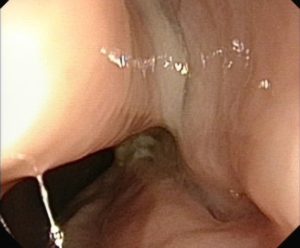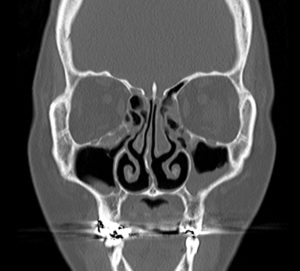Understanding chronic sinusitis
ENT surgeons spend a lot of time seeing patients with sinusitis. In fact, I dare say, that the bulk of the work of a general ENT surgeon is seeing patients with some manifestaton of sinus disease. Indeed nasal sprays are probably the most common medication we prescribe. Allergies or allergic rhinitis which predisposes to sinusitis is often dealt with effectively in primary care. So it is the complications or sequelae of untreated allergic rhinitis that we see as ENT specialists.
“I think I have sinus doctor”
“Having sinus” is an extremely common complaint. This self-reported diagnosis can confuse matters! “Having sinus” means different things to different people. When pressed to specify what a patient means by ‘having sinus’, one finds that there are a variety of symptoms that are ascribed to this condition. So some patients describe sneezing, an itchy and runny nose and itchy eyes in the morning as “sinus”. Others may use this term to describe a blocked nose, facial congestion and a headche as “sinus”.
Strictly speaking “sinus” is cavity or sac in the body. The air-filled cavities within the skull that drain into the nose are correctly termed the paranasal sinuses. There are several paired paranasal sinuses. The ones in the cheek are called the maxillary sinuses and the ones in the forehead just above the eyebrows are called the frontal sinuses. The ethmoid sinuses are akin to a honeycomb of sinuses between the eyes and the sphenoid sinus is a small sinus right at the back of the nose – literally in the centre of the head!
Sinusitis or Rhinosinusitis
As with many medical terms, the suffix ‘itis’ denotes inflammation of a particular organ. Hence sinusitis is inflammation of the lining of a sinus cavity. The lining of the paranasal sinuses may become inflammed due to allergies or infections. As the lining of the paranasal sinuses are contiguous with the nose, the correct term is actually rhinosinusitis. But that is quite a tongue twister and so many authors stick to the term sinusitis.
“Having sinus” may not mean you have “sinusitis”!
So coming back to “having sinus”, the vast majority of patients who come in saying this probably do not have sinusitis. What they do have is some degree of rhinitis – be it allergic or non-allergenic – with a few having sinusitis to boot.
What are the symptoms of sinusitis? Well these include the following
- A blocked nose
- Yellow or green nasal discharge
- A persistent drip of mucus from the back of the nose into the throat (postnasal drip)
- Facial congestion or headache that typically worsens when you stoop forward
- Loss of smell and taste
- Cough (principally from the postnasal drip)
What isn’t on this list? Well, sneezing and itching, no matter how severe (on their own), are not features of sinusitis.
I was told I have chronic sinusitis – is that really bad?
Once again, medical terminology often conveys different things to the lay public. The term ‘chronic’ is often thought to mean ‘severe’. It doesn’t. Chronic simply means prolonged.
In the minds of an ENT surgeon, we like to separate patients into those having a short attack of sinusitis to those having a more prolonged bout. Acute sinusitis refers to attacks which are less than 4 weeks in duration. They often need antibiotics and probably 3 weeks of intranasal corticosteroids to achieve complete resolution. Chronic sinusitis lasts more than 12 weeks and may need surgery to help with resolution.
Chronic sinusitis
As an ENT we spend a lot of time addressing Chronic Sinusitis or more correctly Chronic Rhinosinusitis (CRS). There are a couple of tools we use to help with our diagnosis and management. The first is nasal endoscopy where a flexible fibreoptic scope is inserted into the nose to identify swelling, pus or occassionally polyps. This investigation allows us to assess the severity of the sinusitis and also any polyps. The images below have been taken with a nasal endoscope. It shows pus coming from the paranasal sinuses in someone with chronic rhinosinusitis.
The other investigation we use is a CT scan. This is a quick scan that gives us useful information when treating CRS with surgery. This is a painless investigation that does not require an injection of dye into the veins like many other scans.
We have recognised that there are two ‘phenotypes’ of chronic rhinosinusitis – the first without polyps (abbreviated to CRSsNP) and the second with polyps (CRSwNP). This distinction helps us with our management. The surgical management of chronic sinusitis is with endoscopic surgery when all medical means such as nasal sprays and oral medications have failed. I will write more about this surgery in another blog but it is called Functional Endoscopic Sinus Surgery or more popularly known as FESS.
END.
Share this blog via:











